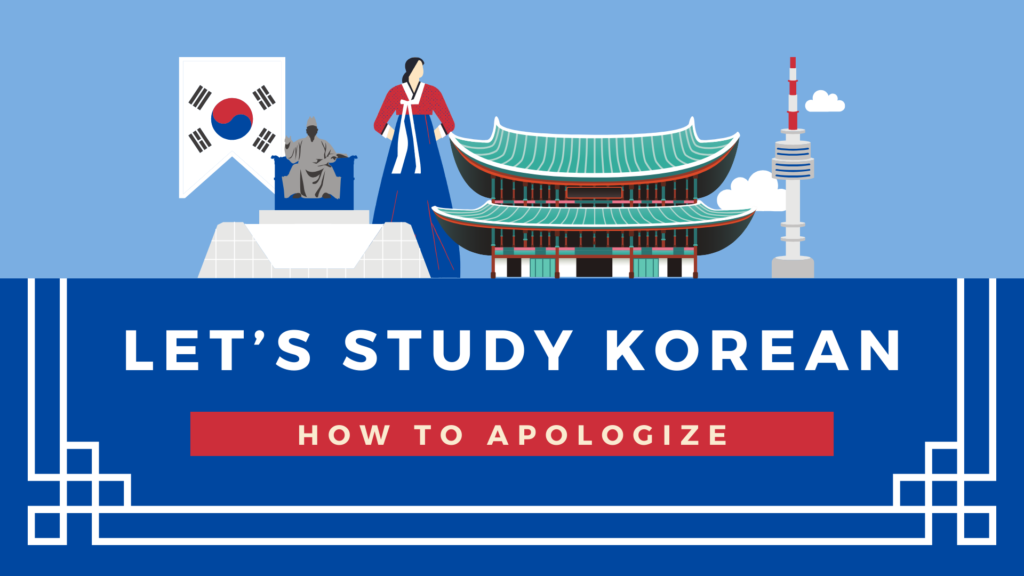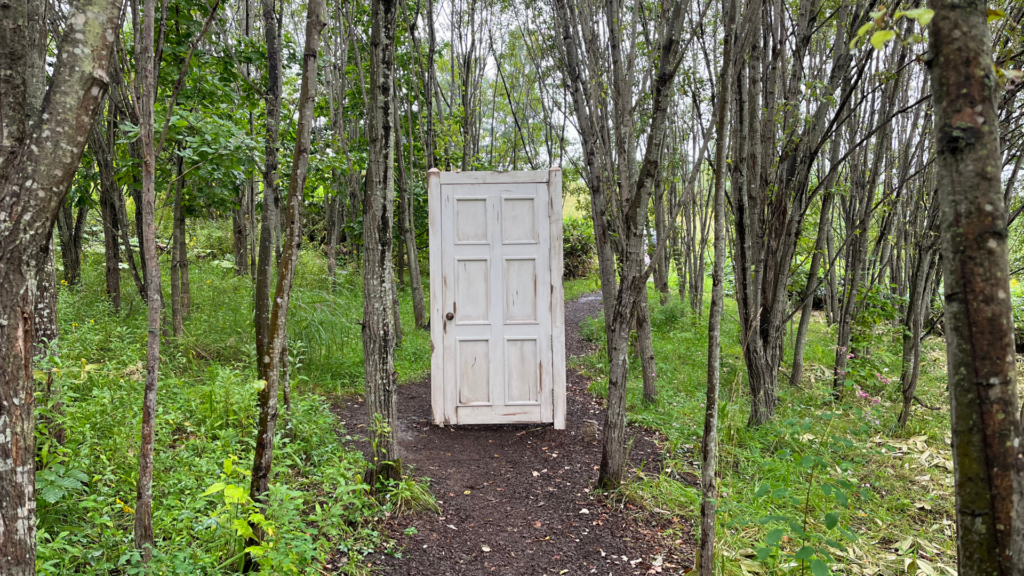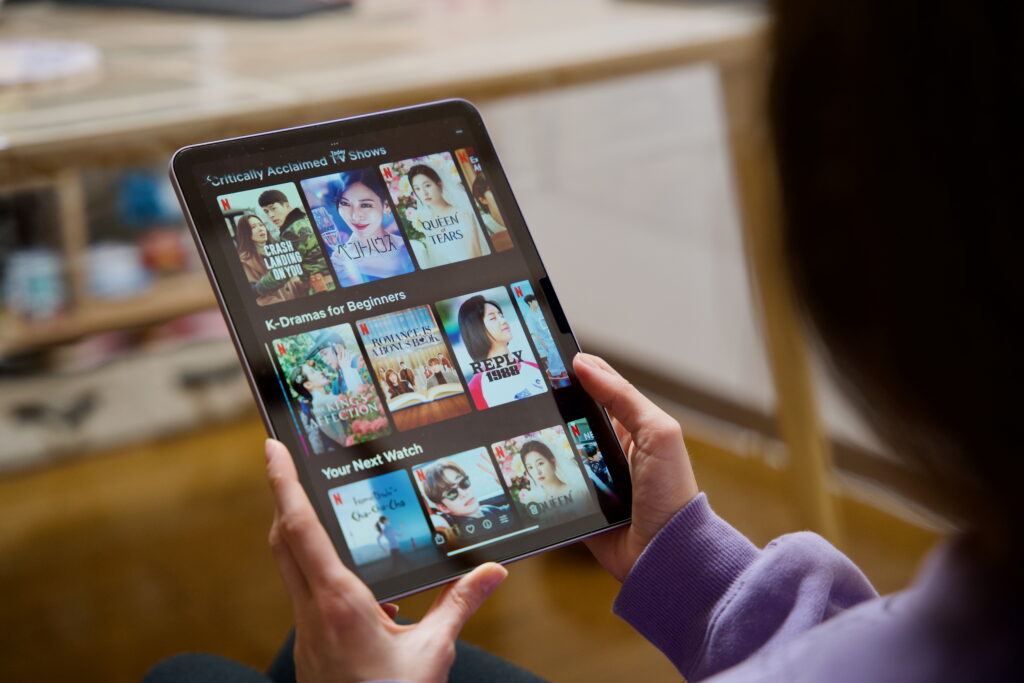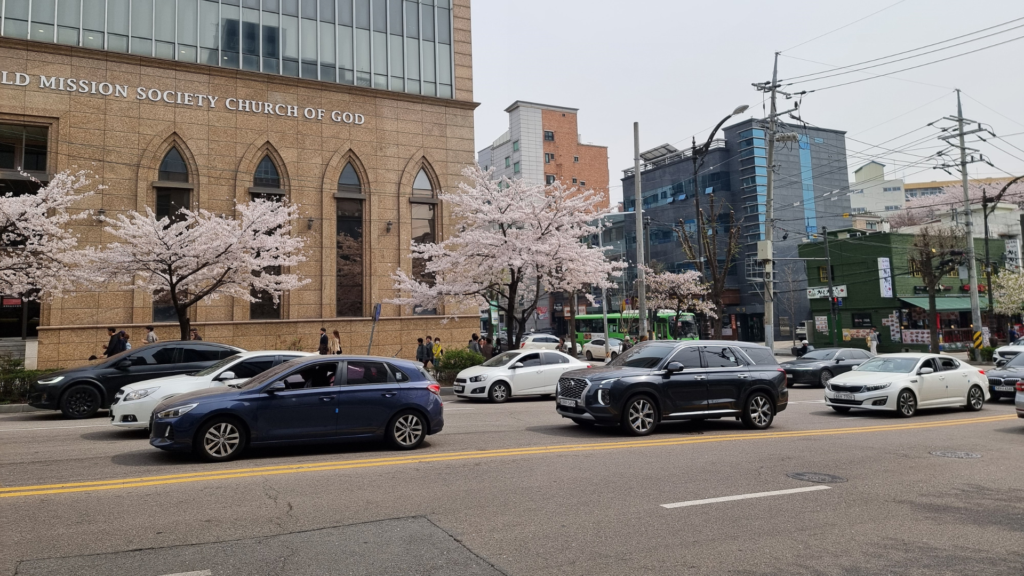Changgyeonggung is another palace located in Seoul.
 It was originally a residential area for the royal family elders. The palace was first built in 1418 by King Sejong (세종) for his father, King Taejong (태종). The site was called Suganggung (수강궁) only later to be changed to Changgyeonggung in 1483. The area was enlarged by King Seongjong (성종) at this point in time. However, this palace also succumbed to the destruction that took place during the Imjin War (임진왜란). The Japanese army invaded Korea in 1592 at this time. Much of the palace was destroyed during this period. Nevertheless, by 1616, the palace reconstruction had began. It suffered a second destruction at the hands of the Japanese once again in 1909 when the Japanese forces occupied Korea. The Japanese intentionally damaged the palace as buildings were demolished to create space for a zoo and a botanical garden.
It was originally a residential area for the royal family elders. The palace was first built in 1418 by King Sejong (세종) for his father, King Taejong (태종). The site was called Suganggung (수강궁) only later to be changed to Changgyeonggung in 1483. The area was enlarged by King Seongjong (성종) at this point in time. However, this palace also succumbed to the destruction that took place during the Imjin War (임진왜란). The Japanese army invaded Korea in 1592 at this time. Much of the palace was destroyed during this period. Nevertheless, by 1616, the palace reconstruction had began. It suffered a second destruction at the hands of the Japanese once again in 1909 when the Japanese forces occupied Korea. The Japanese intentionally damaged the palace as buildings were demolished to create space for a zoo and a botanical garden.
Myeongjeongjeon (명정전) – Changgyeonggung Throne Hall
Despite the loss of valuable history, the throne hall in Changgyeonggung is still intact. Myeongjeongjeon was constructed in 1616 and exists in its original form. It was rebuilt by Prince Gwanghae (광해) after its destruction during the first Japanese invasion. It is the oldest throne hall existing in any Joseon (조선) era buildings. This hall was the center of meetings with officials. Celebrations varied from the birth of a royal baby, to the crown prince passing an exam. This space was originally the living area of the dowager queens, instead of being a throne hall. In front of this hall is a courtyard with a walkway divided into three parts. The path in the center was only used for the king or queen’s palanquin. On the right side, the military officials and on the left side, the government officials would walk beside the royal family.
Okcheongyo (옥천교)
 All Joseon era palaces have a stream purposely surrounding the buildings. The stream separated the royal family from everybody else. The stream in Changgyeonggung is known as Okcheon (옥천) and right in front of the entrance into the palace is a bridge. It is called Okcheongyo and it goes over the stream. These streams were believed to create harmony with the mountains that faced the back of these palaces. The bridge is one of the oldest remaining parts of the original structure of this palace. On both sides of the bridge is a carved mask of a monster, also known as goblin (도깨비). These creatures were constructed in order to repel evil spirits from entering the palace. In front of the throne hall steps is a stone slab with two mythical birds on it called Bonghwang (봉황), the royal emblem of the Joseon dynasty.
All Joseon era palaces have a stream purposely surrounding the buildings. The stream separated the royal family from everybody else. The stream in Changgyeonggung is known as Okcheon (옥천) and right in front of the entrance into the palace is a bridge. It is called Okcheongyo and it goes over the stream. These streams were believed to create harmony with the mountains that faced the back of these palaces. The bridge is one of the oldest remaining parts of the original structure of this palace. On both sides of the bridge is a carved mask of a monster, also known as goblin (도깨비). These creatures were constructed in order to repel evil spirits from entering the palace. In front of the throne hall steps is a stone slab with two mythical birds on it called Bonghwang (봉황), the royal emblem of the Joseon dynasty.
Haechi (해치)
Another mythical creature that is quite common in Korean architecture is the haechi (해치). It is a cross between a lion and a dog with a horn on its head and scales on its body. The scales symbolized the origin of this creature from water. It possesses the ability to eat fire and keep the wooden structures safe from any harm. It symbolized both justice as well as protection for the king and his royal family. Upon seeing injustice, the creature would use its horn to stop the person from doing evil deeds they planned to do. This creature has been the official symbol of Seoul since 2009 and can be often found on taxis.
While a lot has been lost in Changgyeongung, it is still a place containing much information about the ways of the Joseon era. People visiting Seoul must go and enjoy all that it has to offer!















